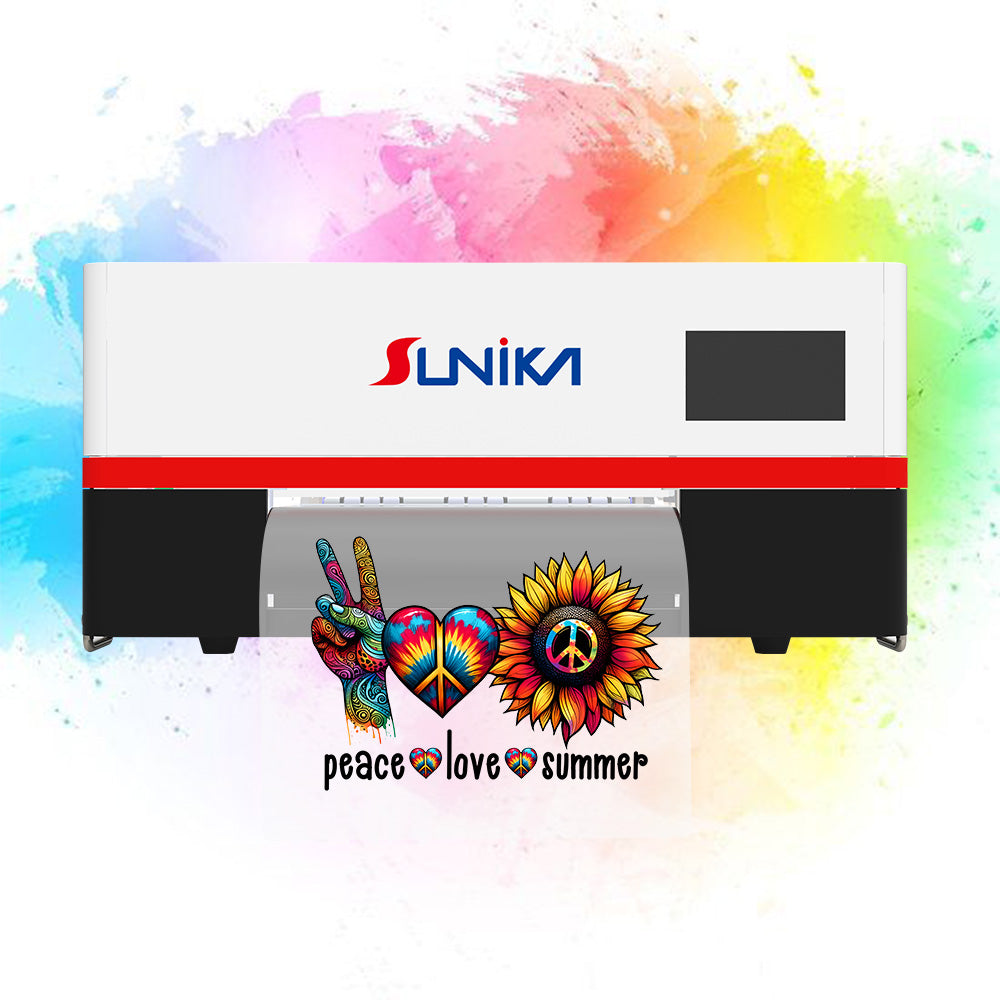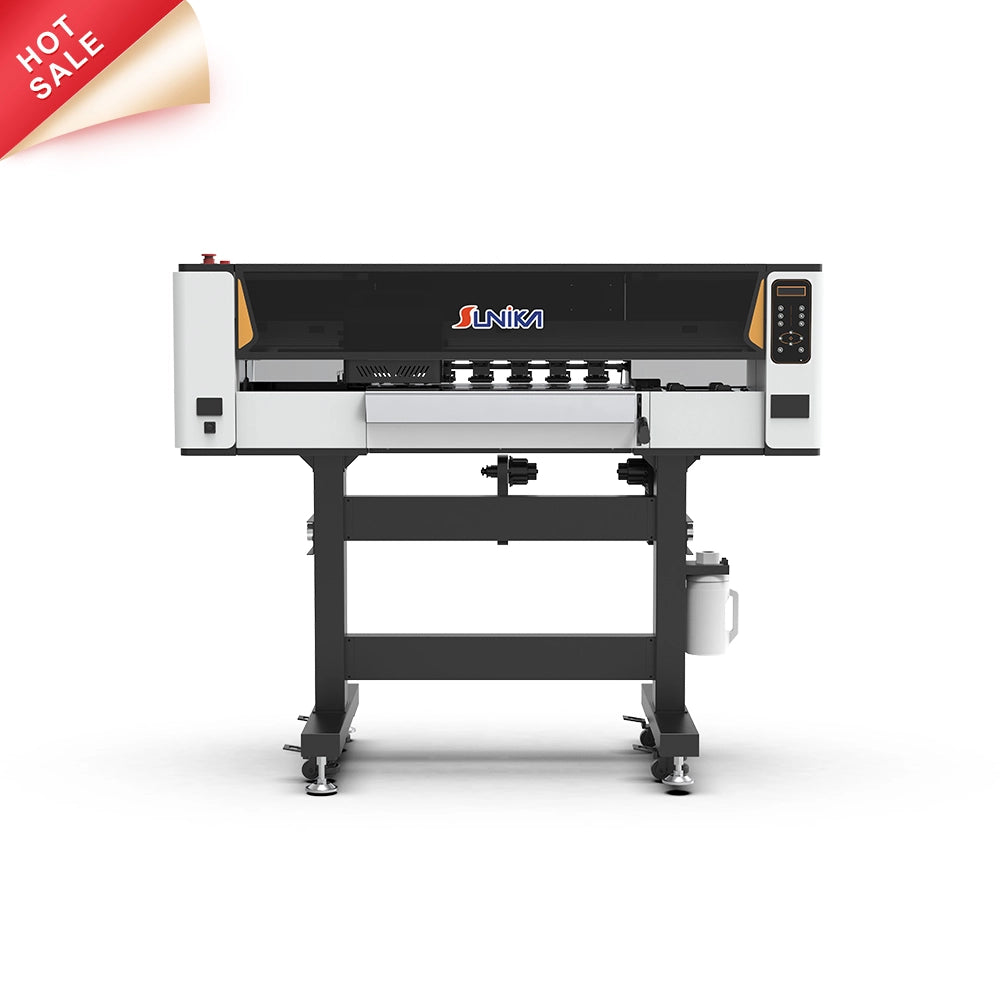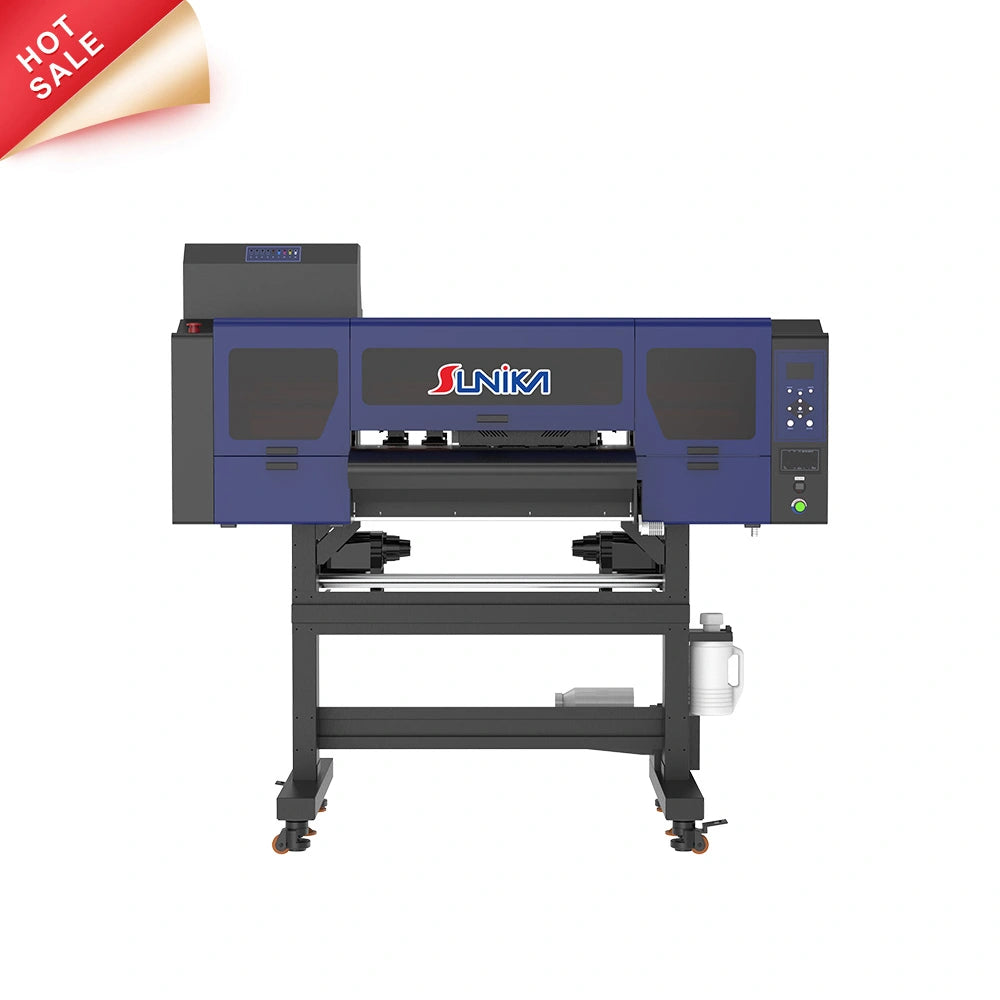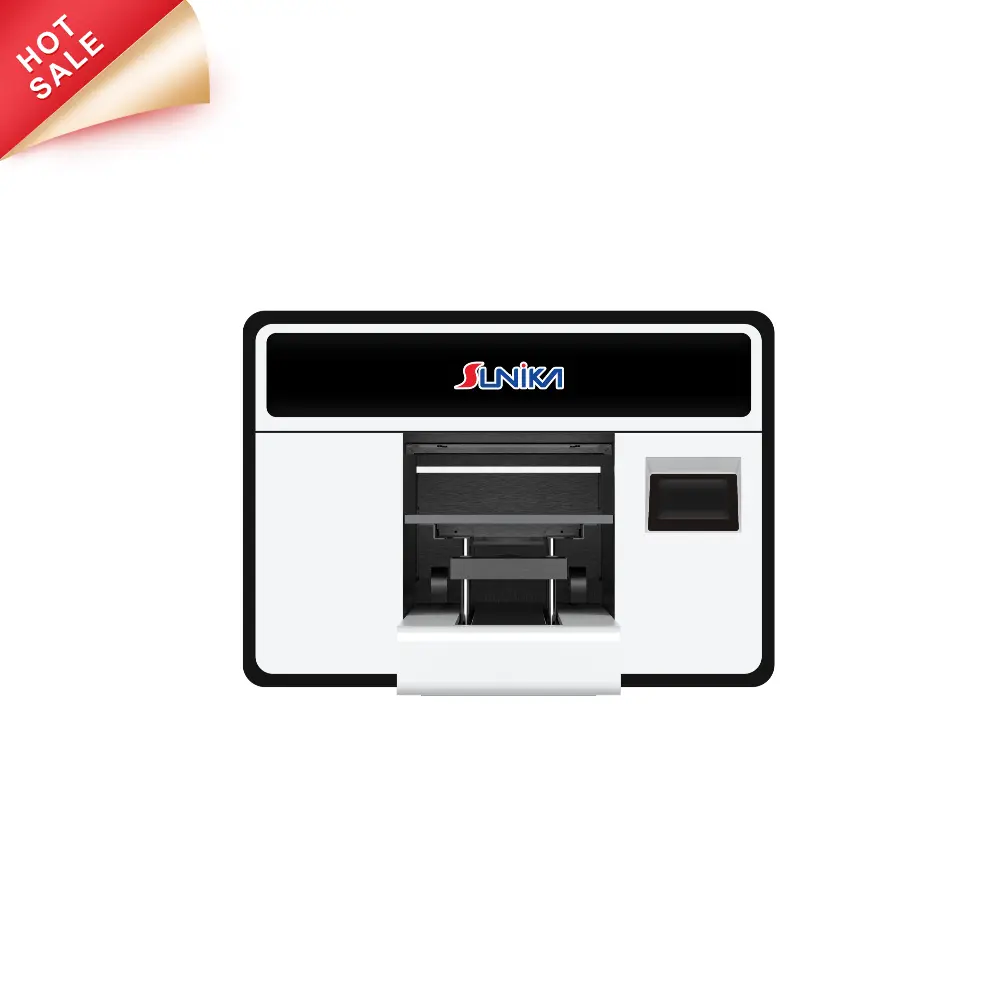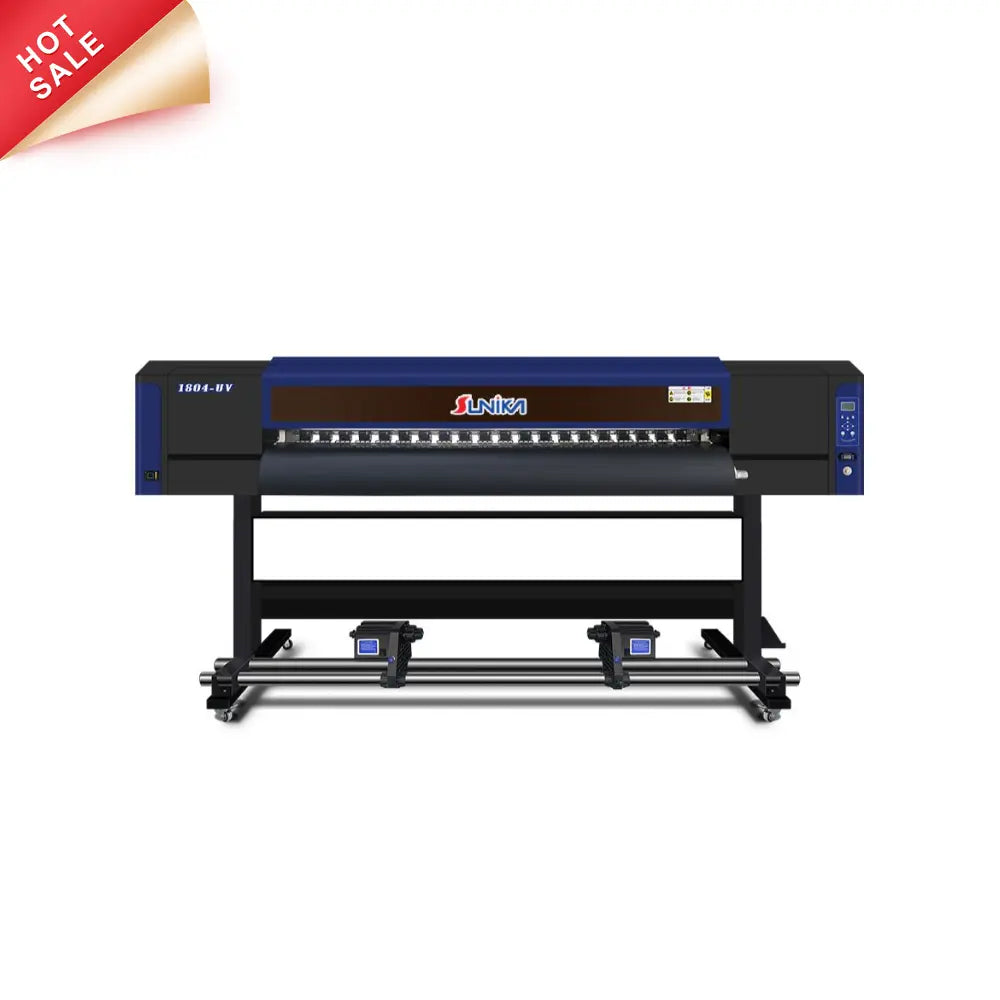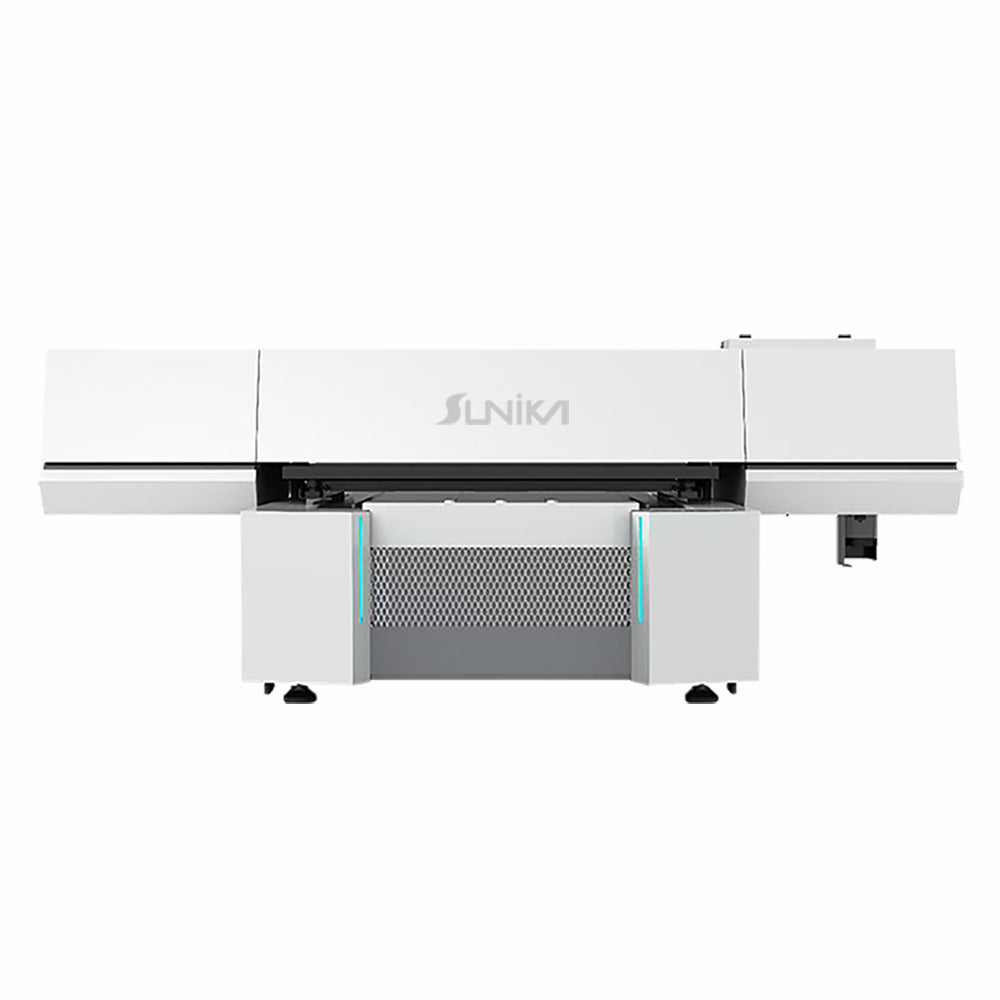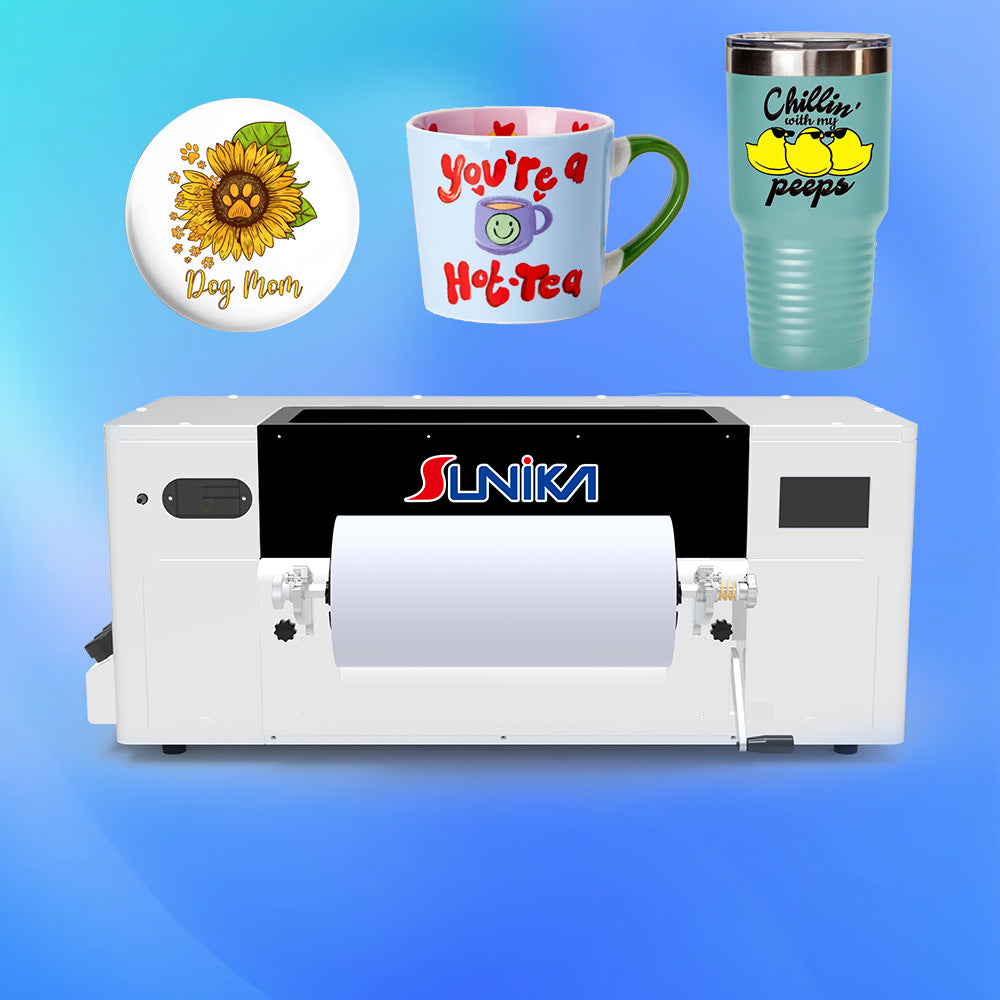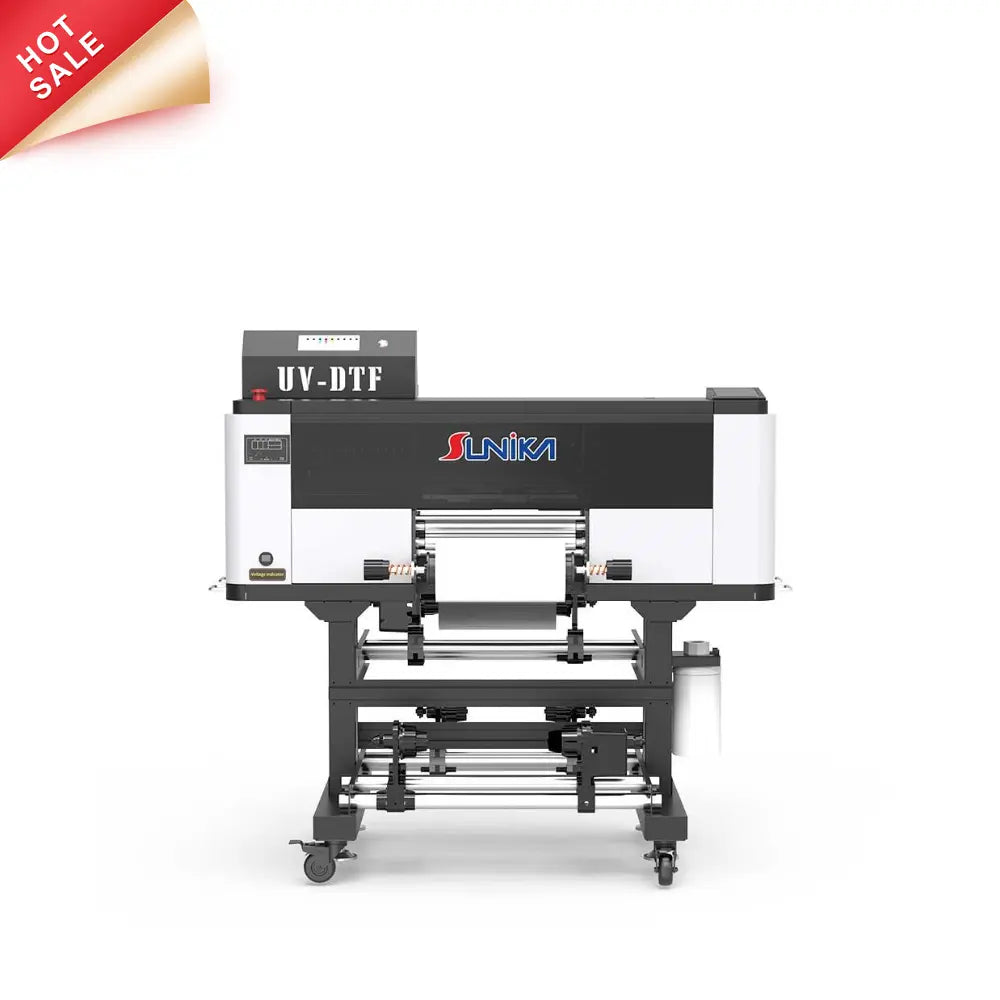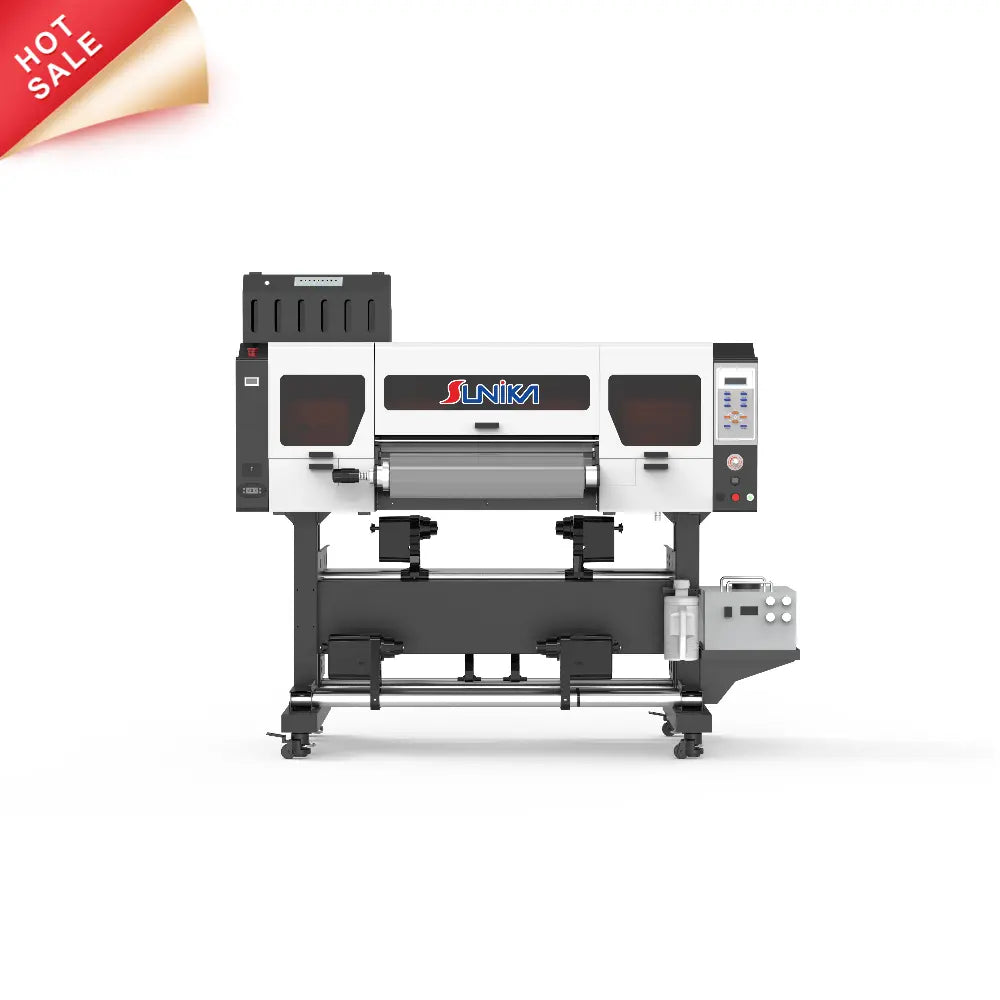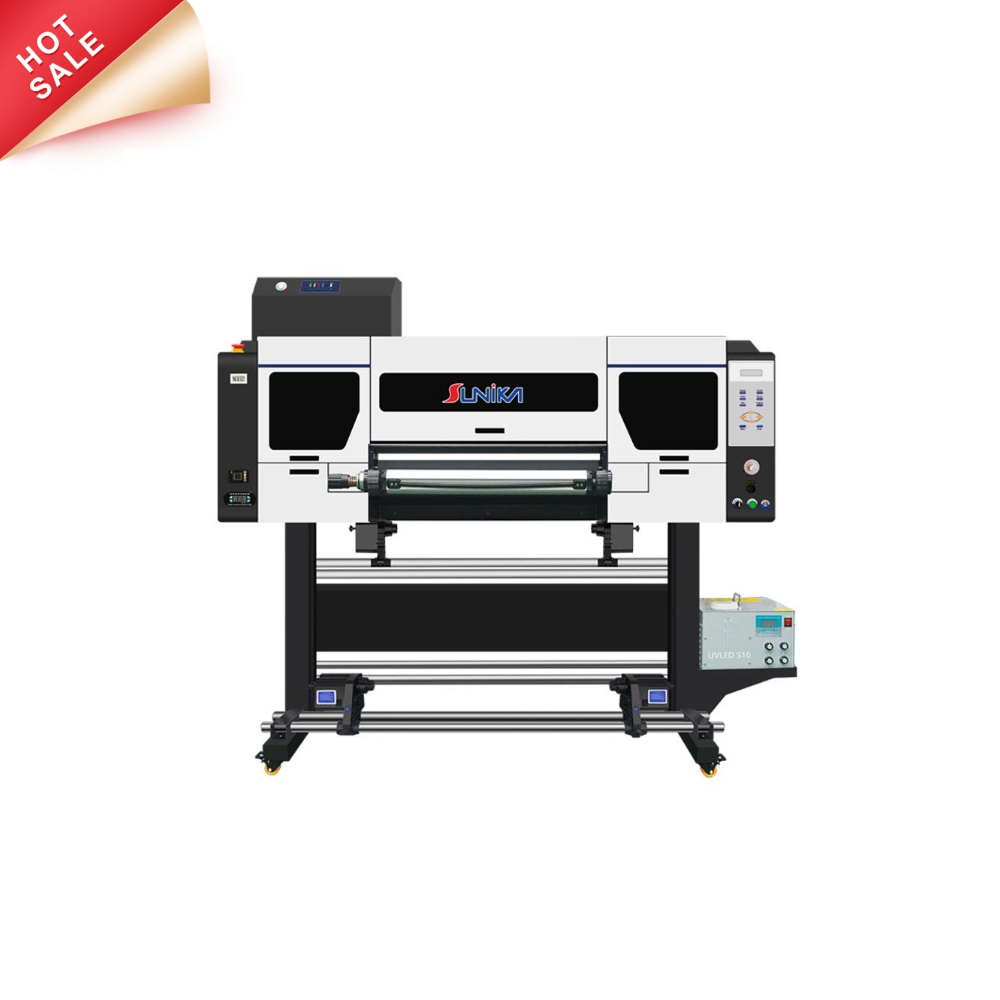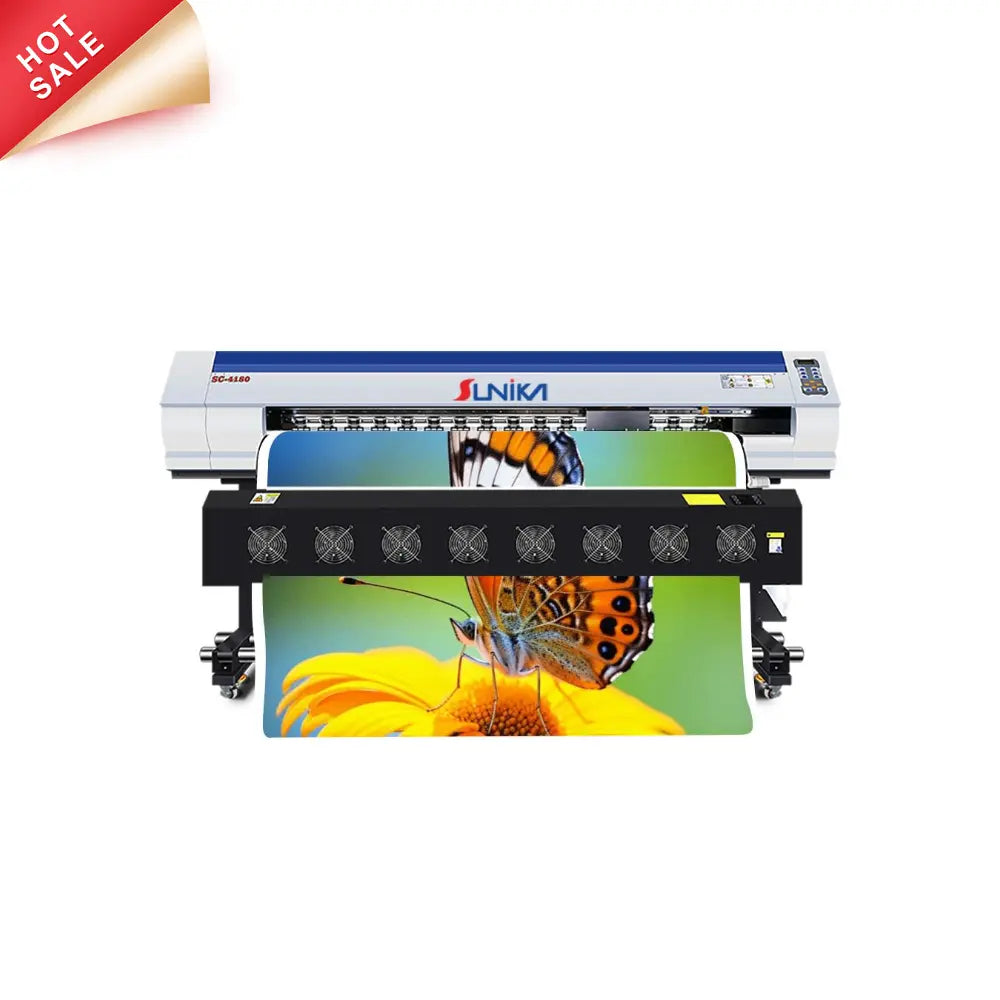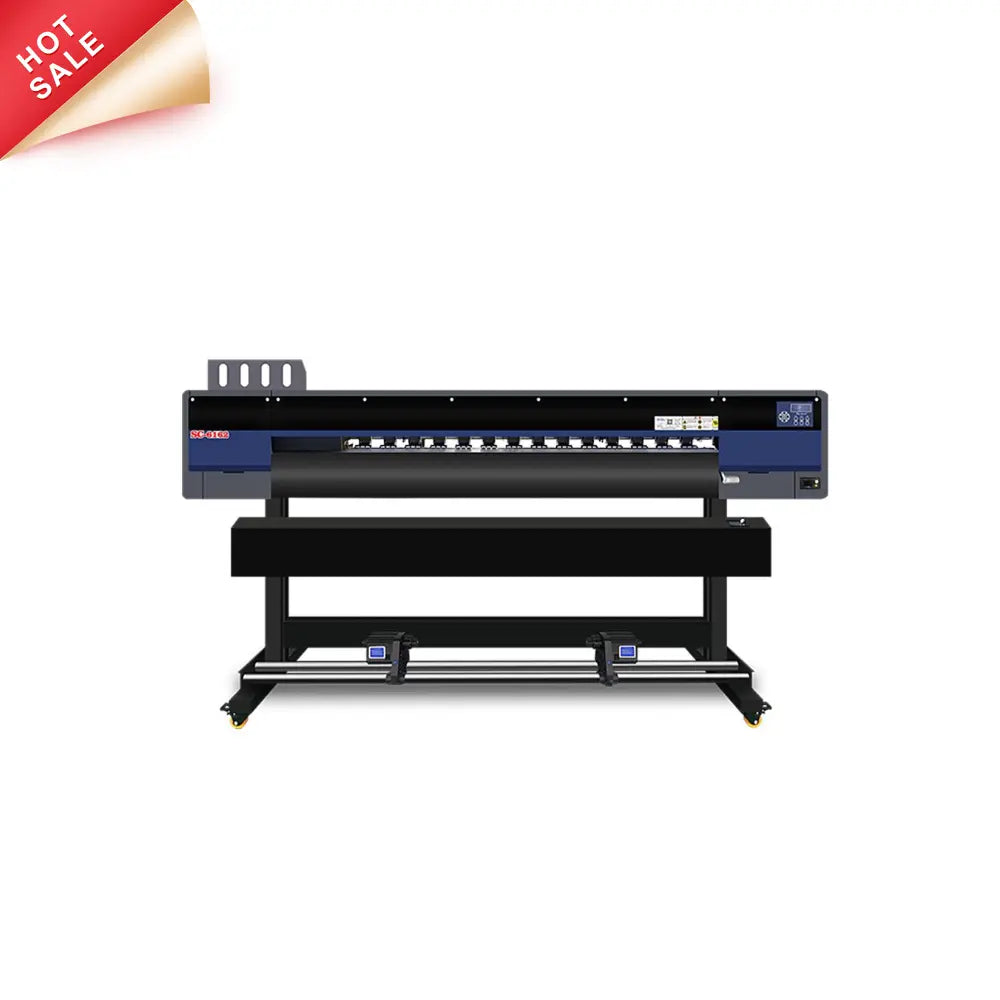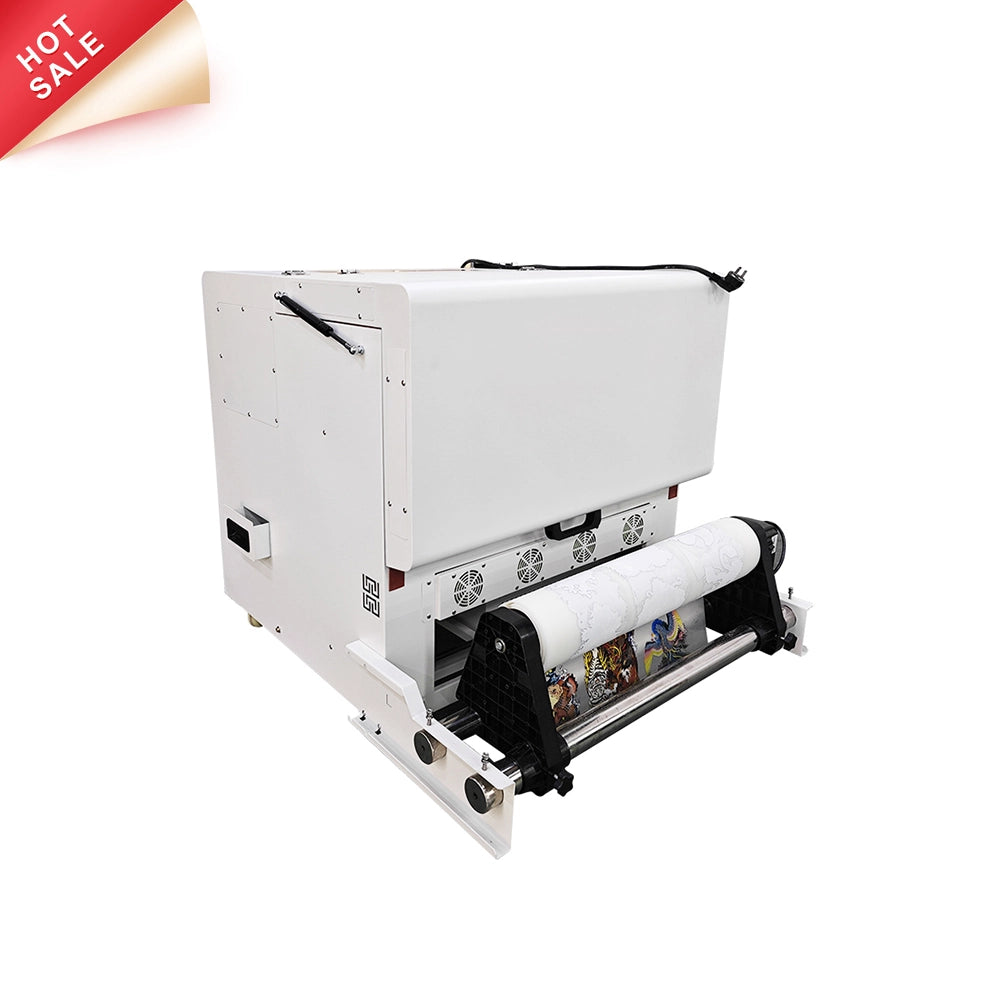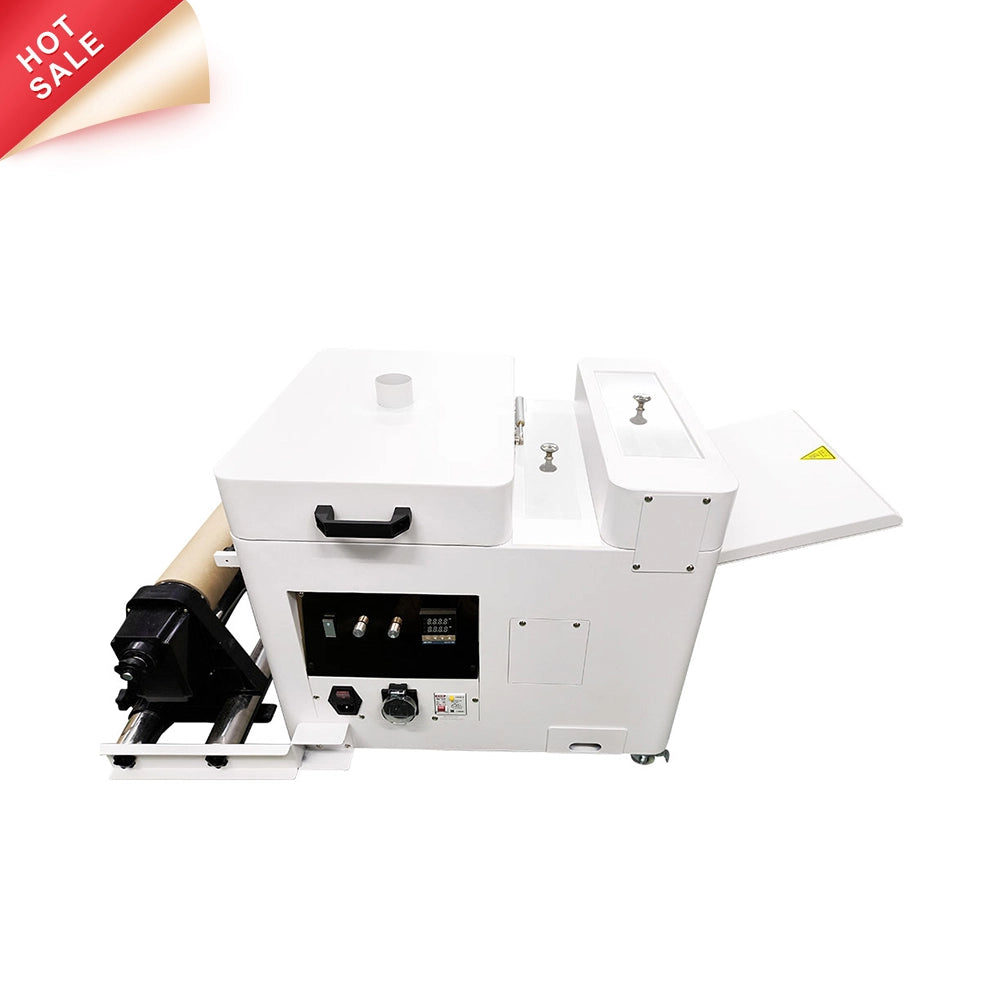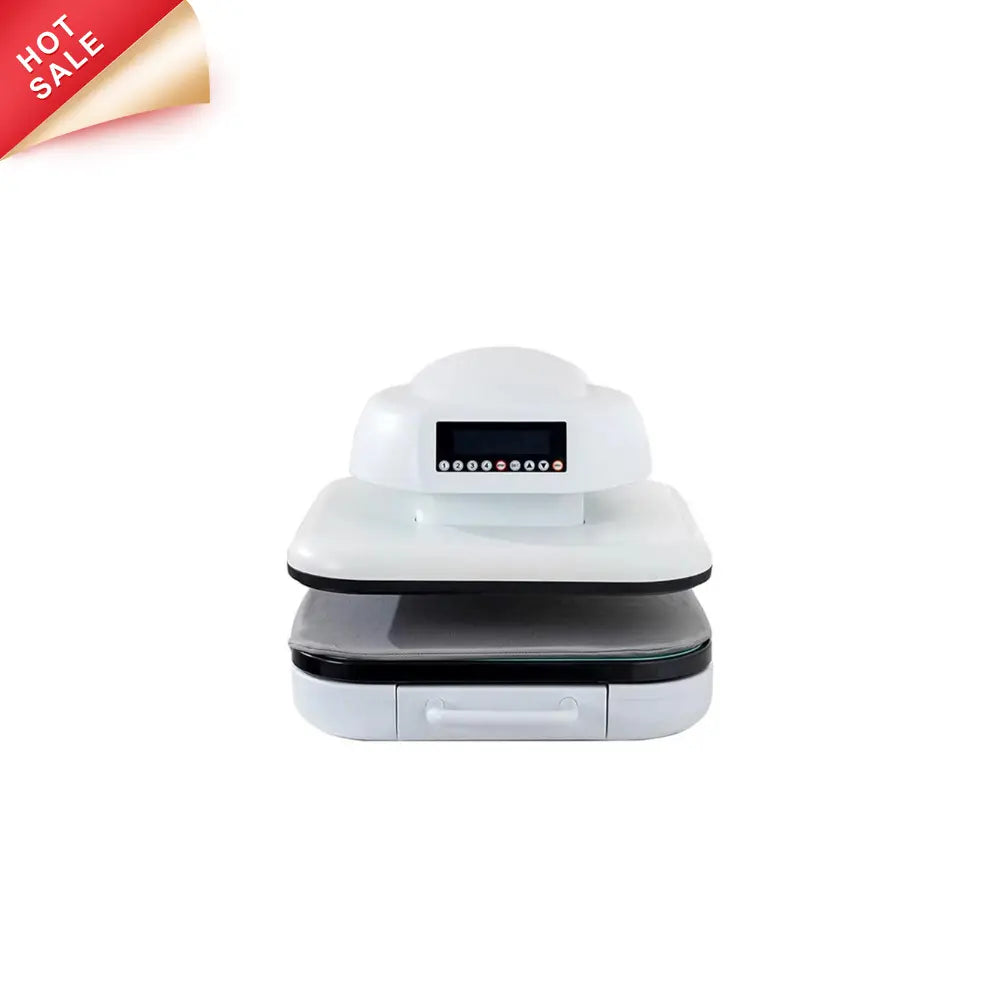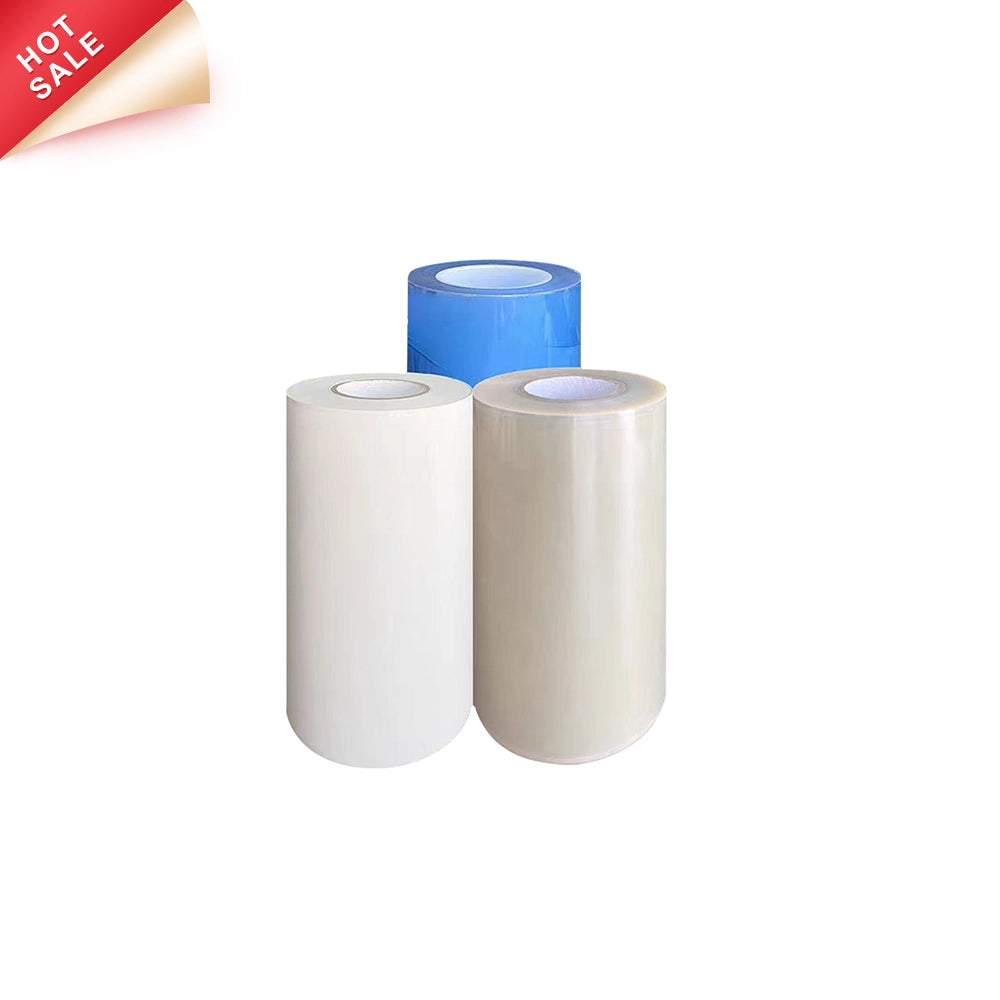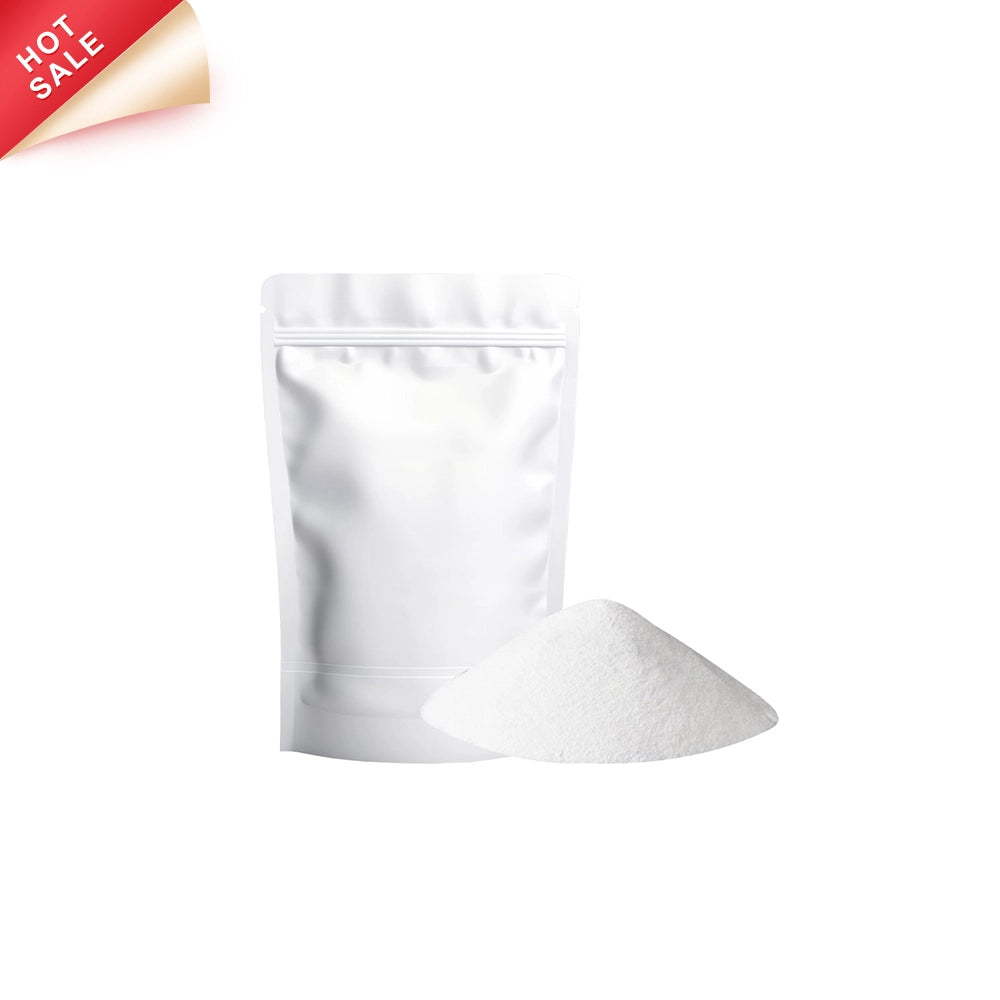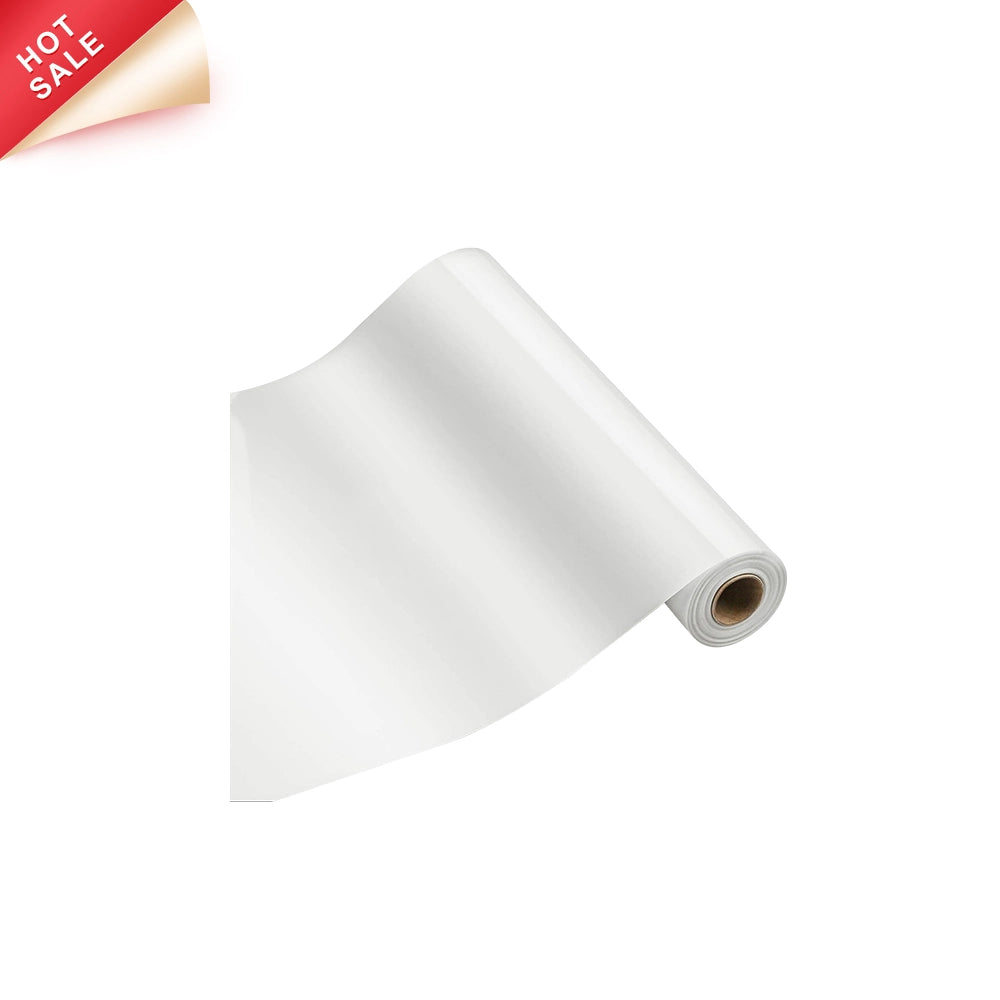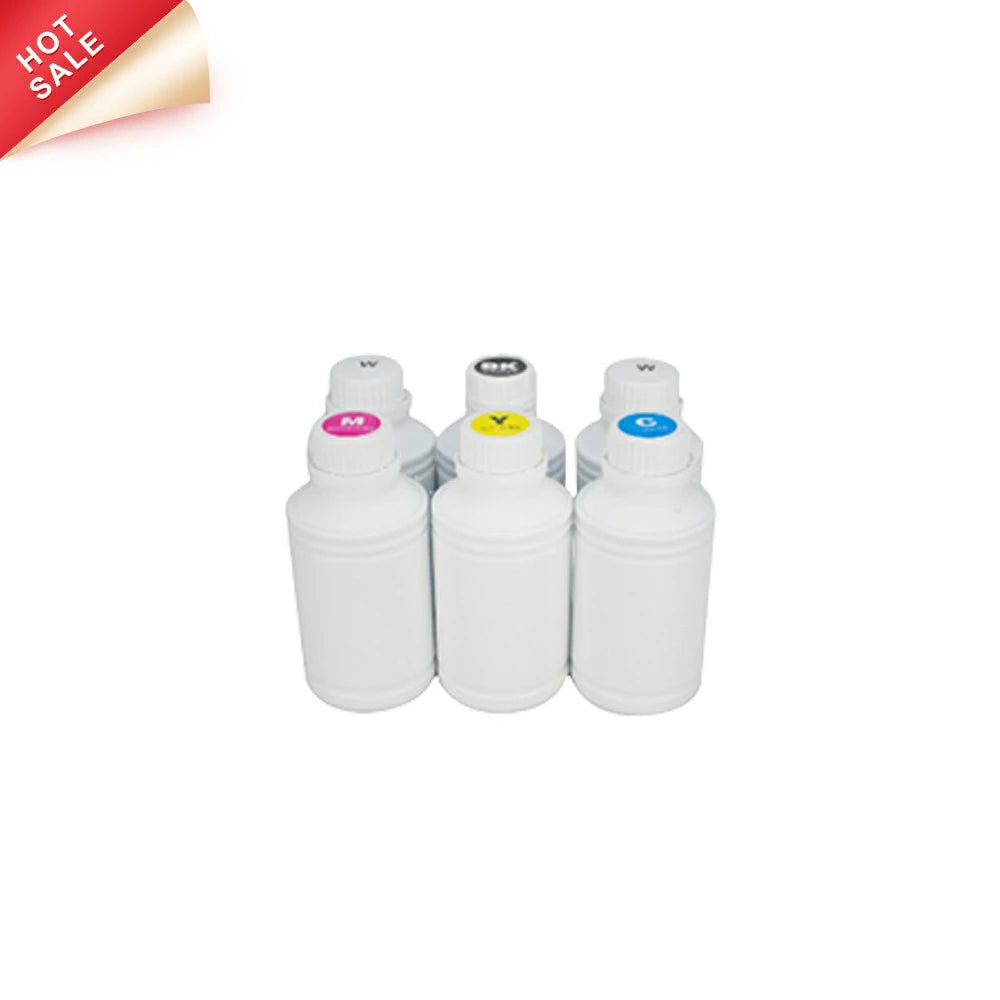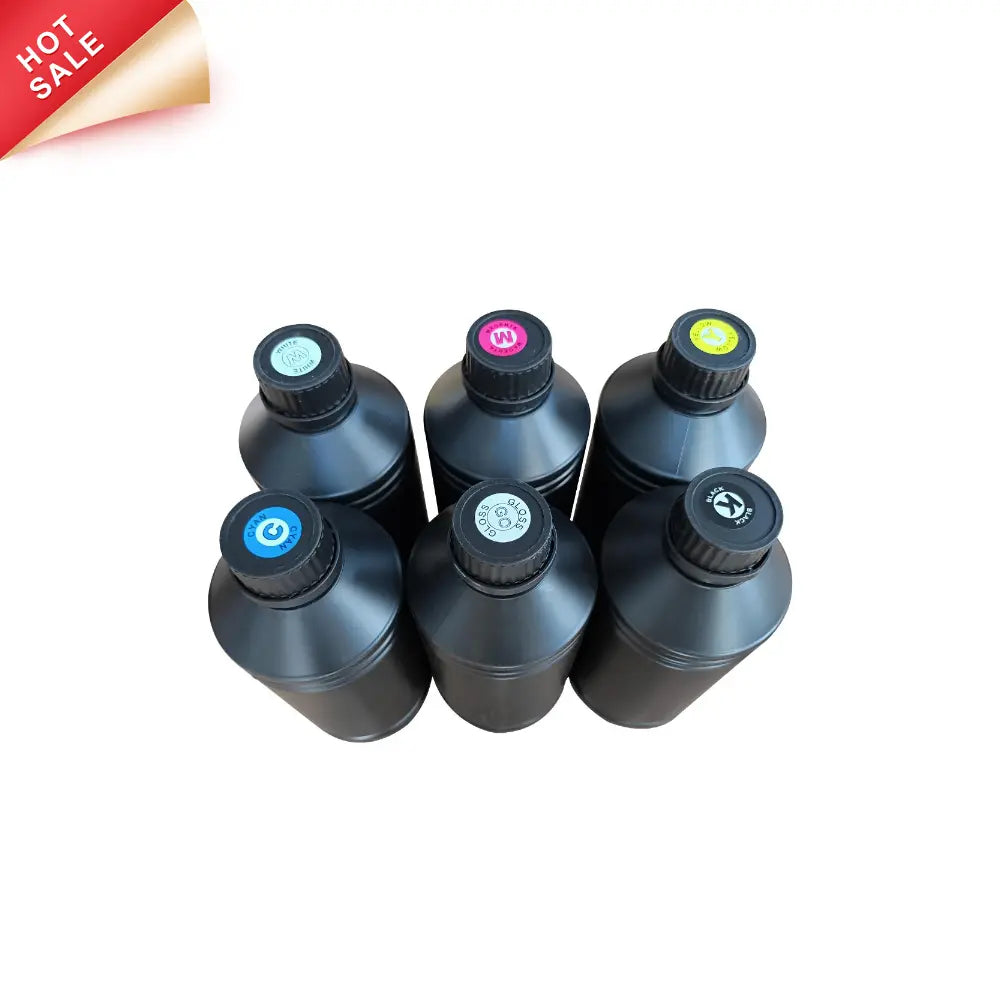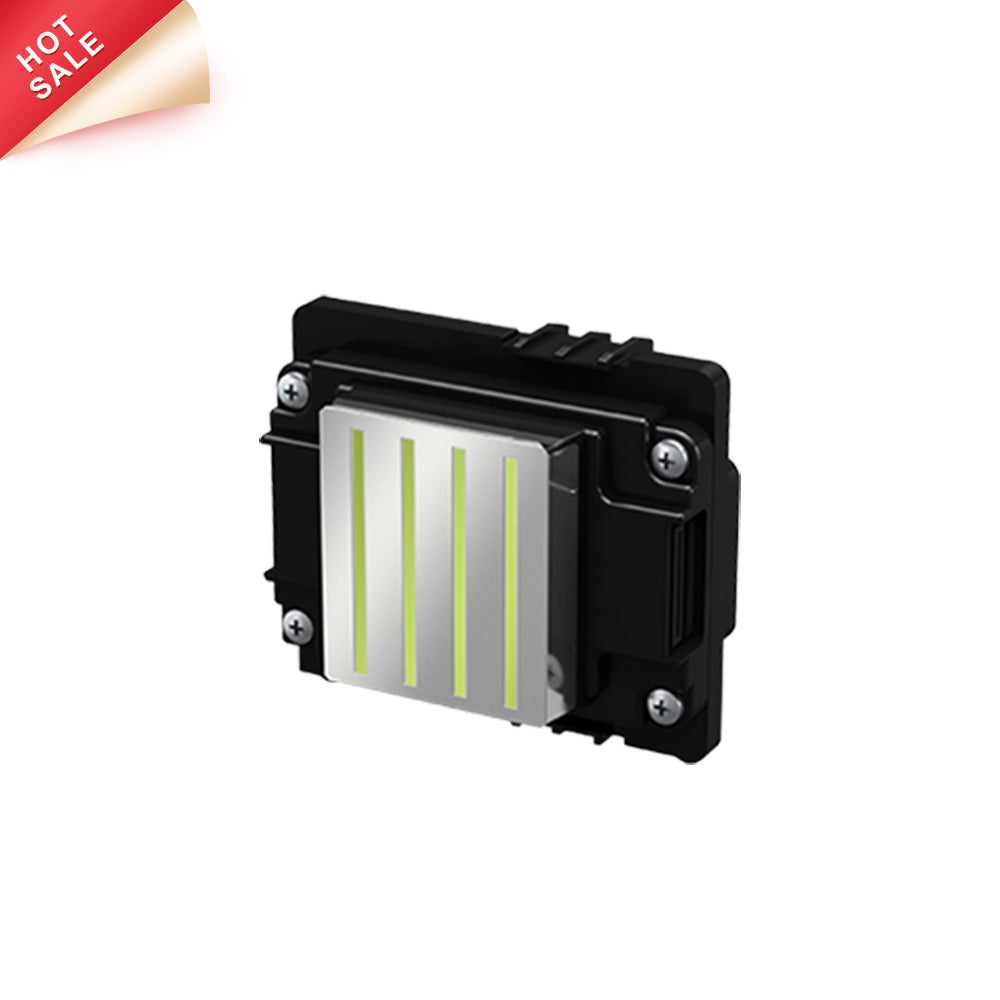DTF (Direct to Film) white ink heat transfer printers have become a vital tool in digital textile printing. Known for their high printing efficiency, no need for traditional plate-making, excellent results, and wide application range, these printers are now a cornerstone in the mid-to-high-end garment printing market. However, like any sophisticated machine, DTF printers can encounter issues—one of the most frustrating being printhead clogging.
So, what causes printhead clogs, and how can you effectively deal with them? Let’s explore the key reasons behind this issue and the most effective solutions to keep your printer running smoothly.

Why Do DTF Printheads Get Clogged?
Several common factors can lead to clogged printheads, including:
1. Ink Drying Out
If the printer sits unused for an extended period, the moisture in the ink inside the printhead can evaporate. This leaves behind solid residues that gradually build up and block the nozzles.
2. Ink Sedimentation
All inks contain tiny particles. Over time, these particles can settle and form deposits, especially if the printer isn’t regularly maintained. This sediment can block the fine nozzles in the printhead.
3. Static Electricity
During printing, static electricity may attract dust and tiny airborne particles. If these contaminants stick to the printhead, they can accumulate and cause blockages.
In short, clogging is often caused by prolonged inactivity, poor-quality ink, environmental factors, or static buildup.
How to Identify a Clogged Printhead
Printhead clogs are not always immediately obvious. Watch out for these early warning signs:
-
Drop in Print Quality: Streaks, banding, uneven colors, or missing parts in the image.
-
Blank Spots: Areas that should be printed appear as empty spaces.
-
Ink Leakage or Slower Printing: This can indicate a partial blockage or resistance in the ink flow.
-
Frequent Errors: Repeated printer malfunctions or distorted output could also point to clogging.
If any of these occur, inspect the printhead and take prompt action.
How to Clean a Clogged Printhead
If a clog is confirmed, don’t panic. Cleaning is relatively straightforward and can often restore functionality quickly.
Step 1: Basic Cleaning
Move the printhead carriage to the cleaning position. Using a lint-free cloth or cotton swab soaked in DTF cleaning fluid or distilled water, gently wipe around the nozzle area. Always wipe in one direction—never back and forth—as this can push debris into the nozzles.
Step 2: Deep Cleaning
If simple wiping doesn’t work, you may need to remove the printhead for reverse flushing. This method pushes cleaning solution backward through the nozzle, effectively dislodging hardened ink particles. Avoid pushing fluid in the regular direction, as it could worsen the clog.

How to Prevent Printhead Clogging
Prevention is always better than cure. Here’s how to reduce the risk of clogging:
1. Use High-Quality Ink
Only use premium DTF-specific ink from reputable manufacturers. Poor-quality ink may contain impurities that increase the risk of sedimentation and nozzle blockage.
2. Regular Cleaning
Clean the printhead at least once a week. Follow the printer’s manual and use recommended cleaning solutions to prevent ink from drying and forming clogs.
3. Keep the Printer Active
A printer that is used regularly is far less likely to suffer from dried ink. If you're not printing daily, run a small test print every couple of days to keep ink flowing.
4. Maintain the Printer System
Inspect ink tubes, dampers, and other components regularly. Replace worn parts and address issues before they escalate.
5. Optimize the Work Environment
Keep the printer in a well-ventilated, dust-free area, away from direct sunlight. Ideal conditions include a temperature of 25–30°C (77–86°F) and humidity levels of 40–60%.
Final Thoughts
As high-precision machines, DTF white ink printers require ongoing care and proper usage to maintain optimal performance. Understanding why clogs occur—and taking proactive steps to prevent them—can save you time, money, and frustration in the long run. With regular maintenance and smart practices, your DTF printer will continue to deliver high-quality results and a long service life.


